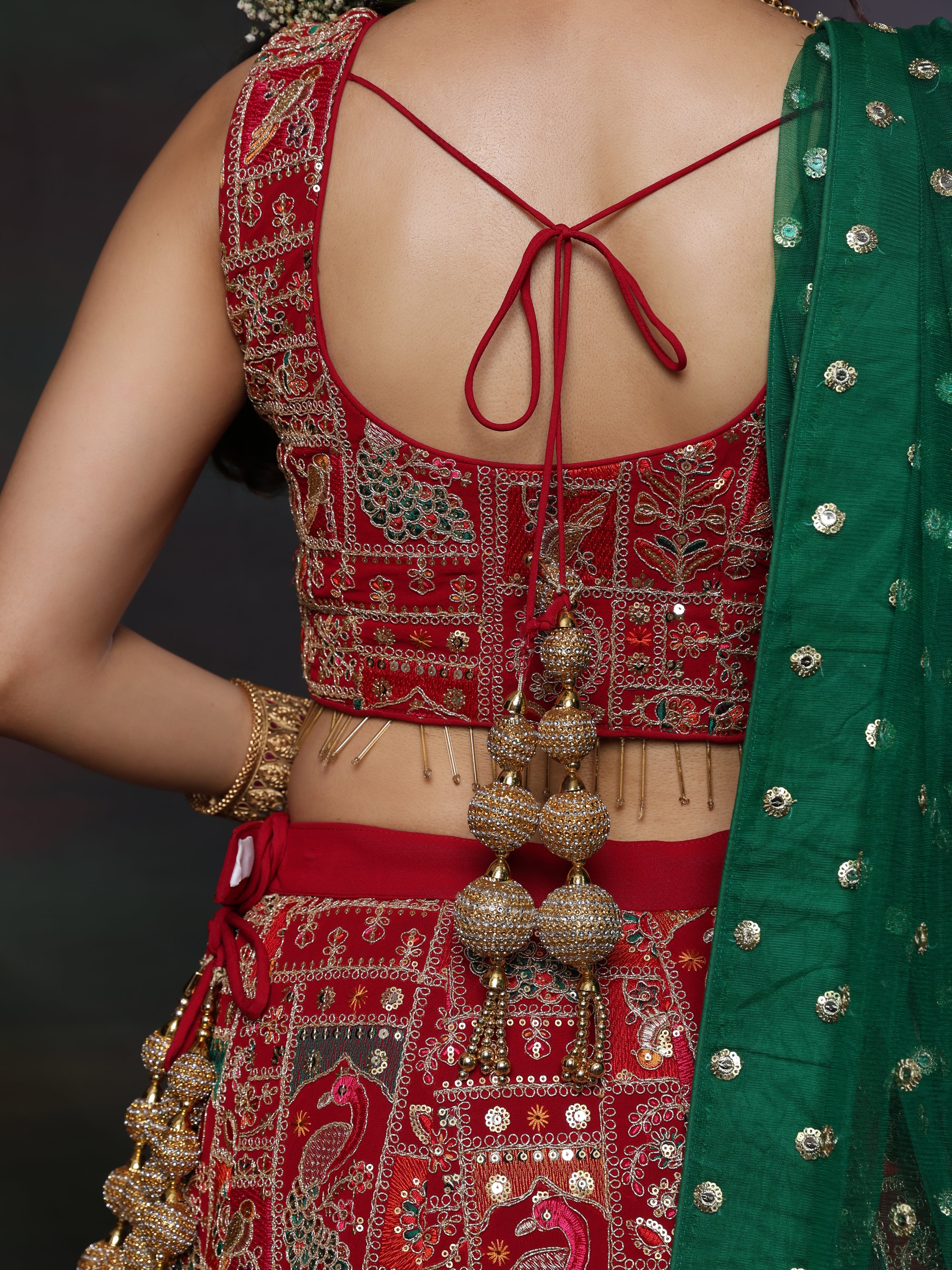Phanda Stitch Poetry: A Journey into Chikankari's Delicate Embellishments
 Chikankari embroidery is like a beautiful story woven into fabric for many years in India. One special stitch in this art is the Phanda stitch. This stitch might be small, but it adds a big touch of beauty to Chikankari work.
Chikankari embroidery is like a beautiful story woven into fabric for many years in India. One special stitch in this art is the Phanda stitch. This stitch might be small, but it adds a big touch of beauty to Chikankari work.
History of origin
The history of Chikankari started long ago in Lucknow, India, and it's a way of sewing delicate patterns onto fabric. The Phanda stitch, which means "knot" in Hindi, is a star in this art. The stitch looks like tiny knots arranged in circles or forming a millet like structure. Imagine adding these knots one by one to create a lovely pattern – it's like magic!
What's cool about the Phanda stitch?
The cool part is that it can be used on different kinds of fabric. Whether it's a soft cotton dress, a fancy silk saree, or a pretty scarf, the Phanda stitch makes it more special. It's like a secret ingredient that makes the clothes more interesting.
This stitch is not just about looking nice. It carries a lot of tradition and history from Lucknow. Skilled artists spend a lot of time making each knot perfect. This shows how important patience and hard work are in making something beautiful.
Phanda stitch as a reminder of heritage!
In a world where things are made very quickly, Chikankari's stitch is a reminder of how wonderful slow and careful work can be. It reminds us that good things take time. When we wear clothes with this stitch, we're not just wearing clothes – we're wearing a piece of art that tells a story from a long time ago.
Summation:
The Phanda stitch in Chikankari embroidery is like a small star that shines brightly. It might be a simple stitch, but it brings out the charm of this ancient art. So, when you wear clothes with the Chikanakari work, remember that you're not just wearing something pretty – you're wearing a bit of history and a lot of love.



